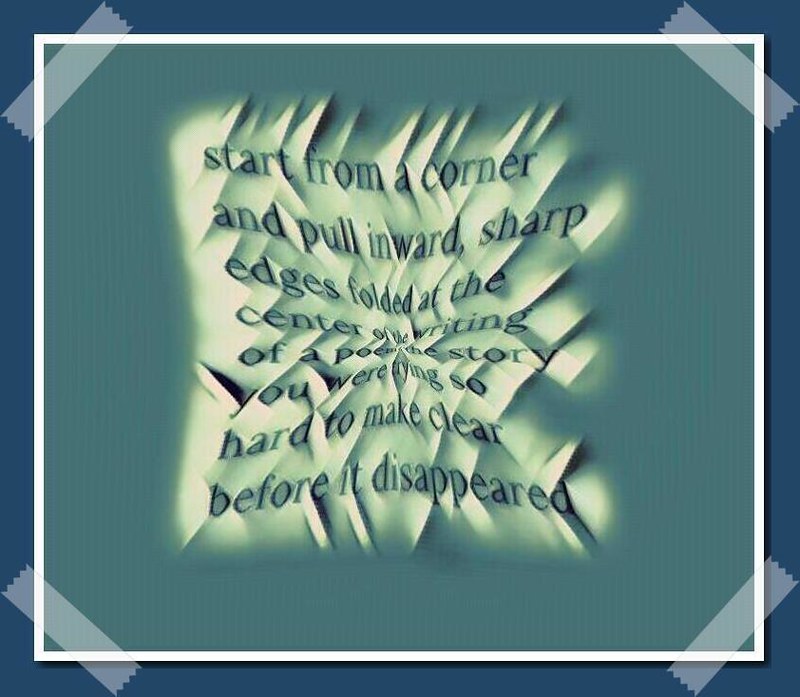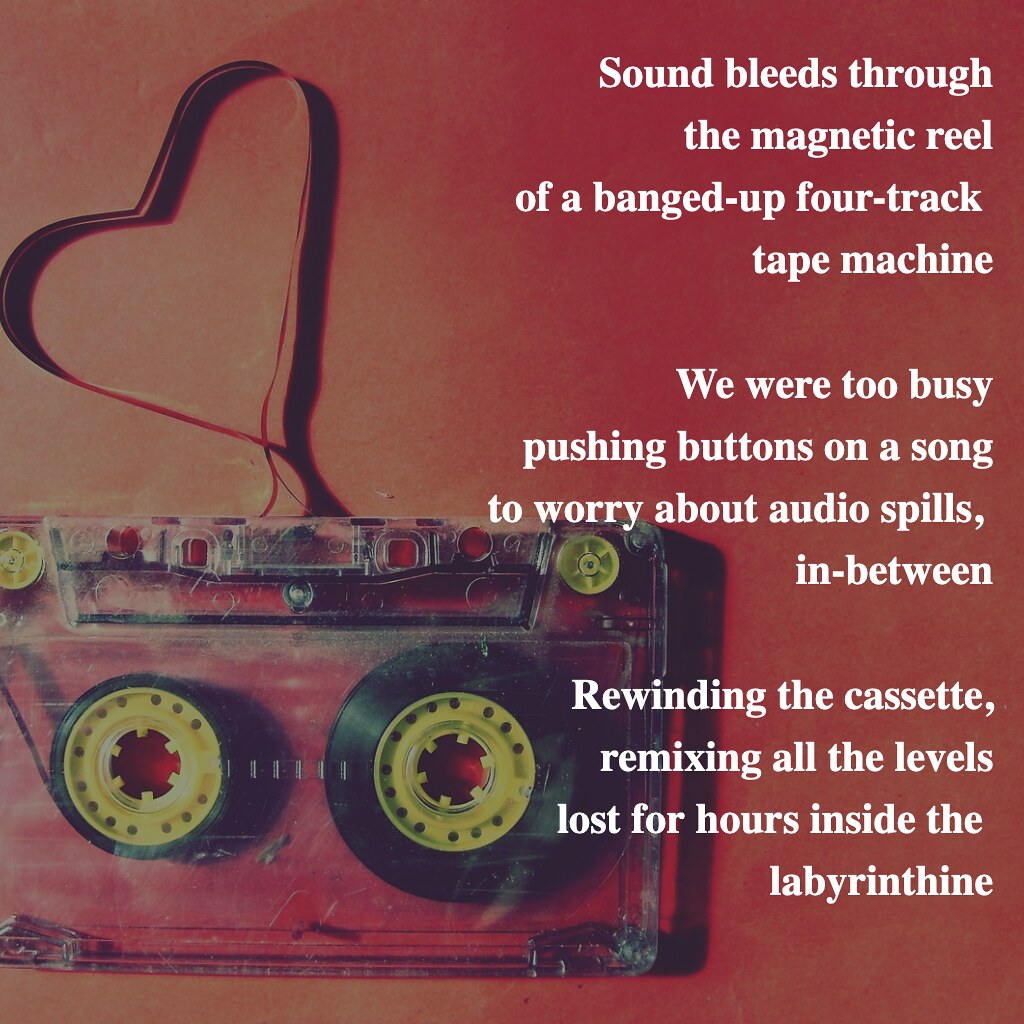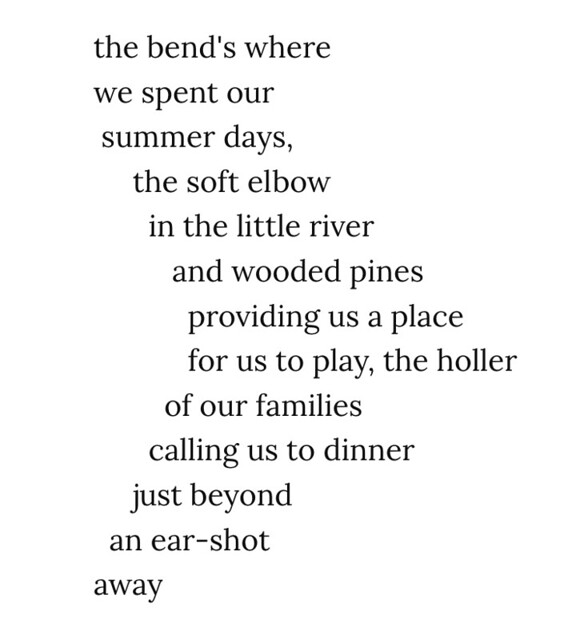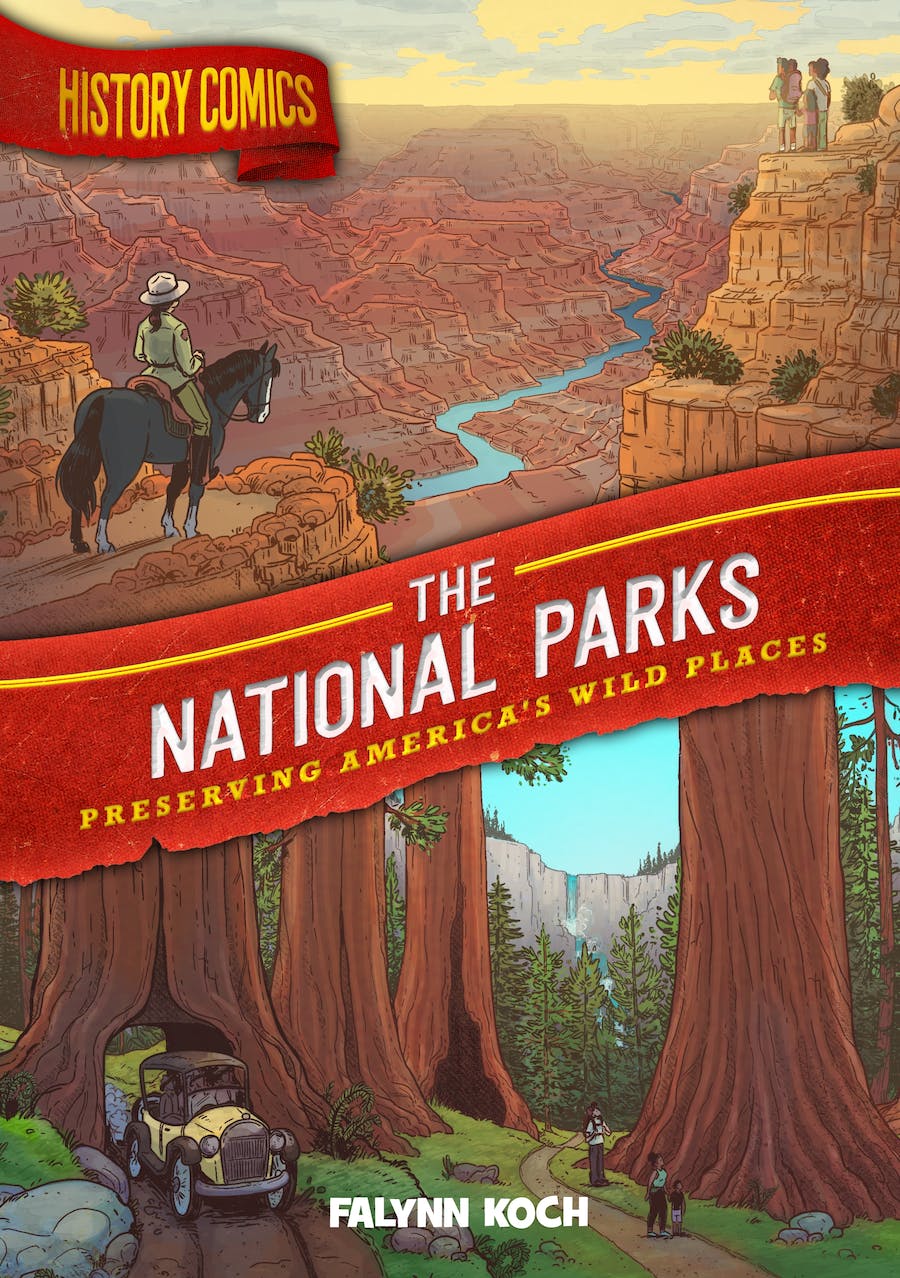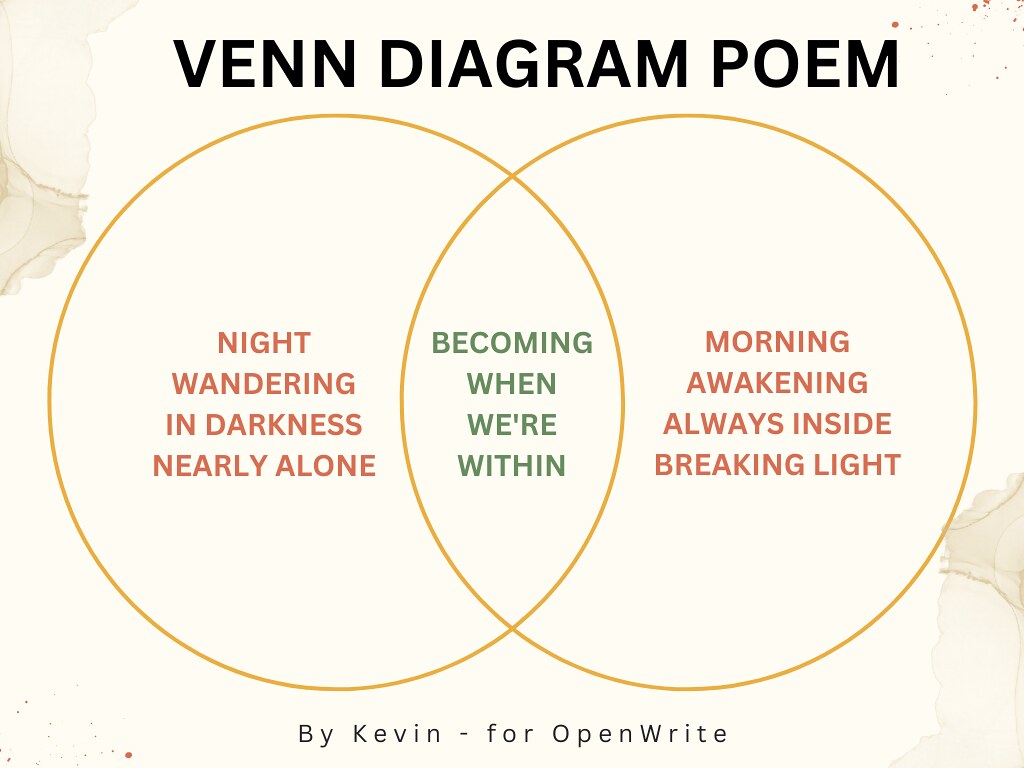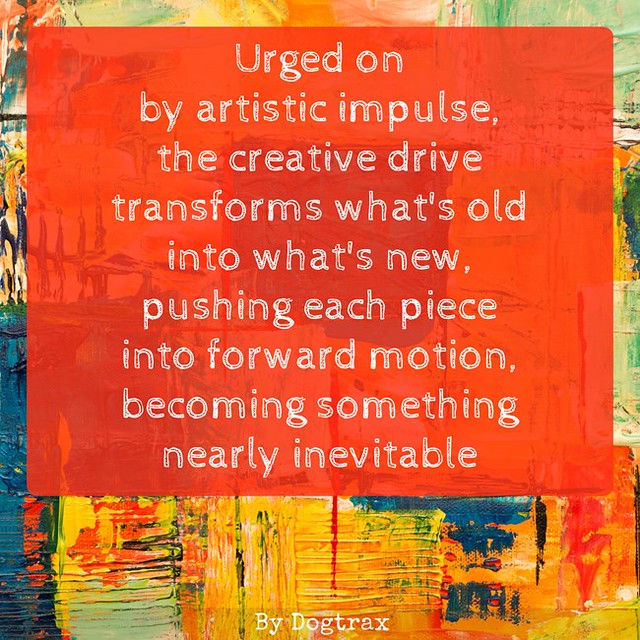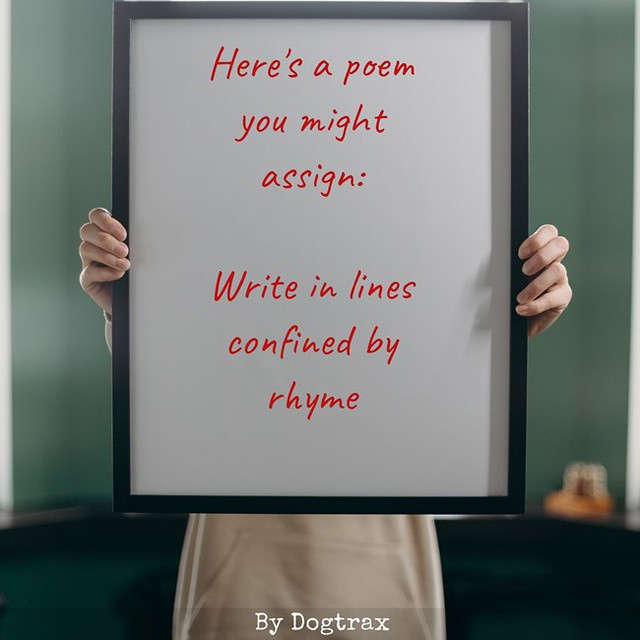I’m not even sure what kept me working on this DS106 Daily Create prompt through the day yesterday but the prompt about paper folds first led to an image that I thought was interesting but not what I wanted (I used an online paper fold art generator off Github but it seemed more like some alien blob factory).
So then I wrote a short poem, about writing on paper as you fold the corners in.
start from a corner
and pull inward, sharp
edges folded at the
center of the writing
of a poem of the story
you were trying so
hard to make clear
before it disappeared
That visual stayed with me for a few hours, and then I went back to start to try to visualize the words actually being folded. This was done using a screenshot of my poem and then some filters and effects in Lunapic.
Later, I wondered if I could make the digital image more three-dimensional and found a site that sort of does that, or at least does it interestingly enough for me to work with. I took that video file of the flat poem becoming more dimensional and moved it into iMovie, where I kept on tinkering around.
Then I composed the music track, added narration, and it was done. Normally, a Daily Create takes about 15 minutes but this one just hung around in my head for the day, so I just kept on playing around. The video at the top of the post is what I ended up with.
Peace (and Folds),
Kevin

